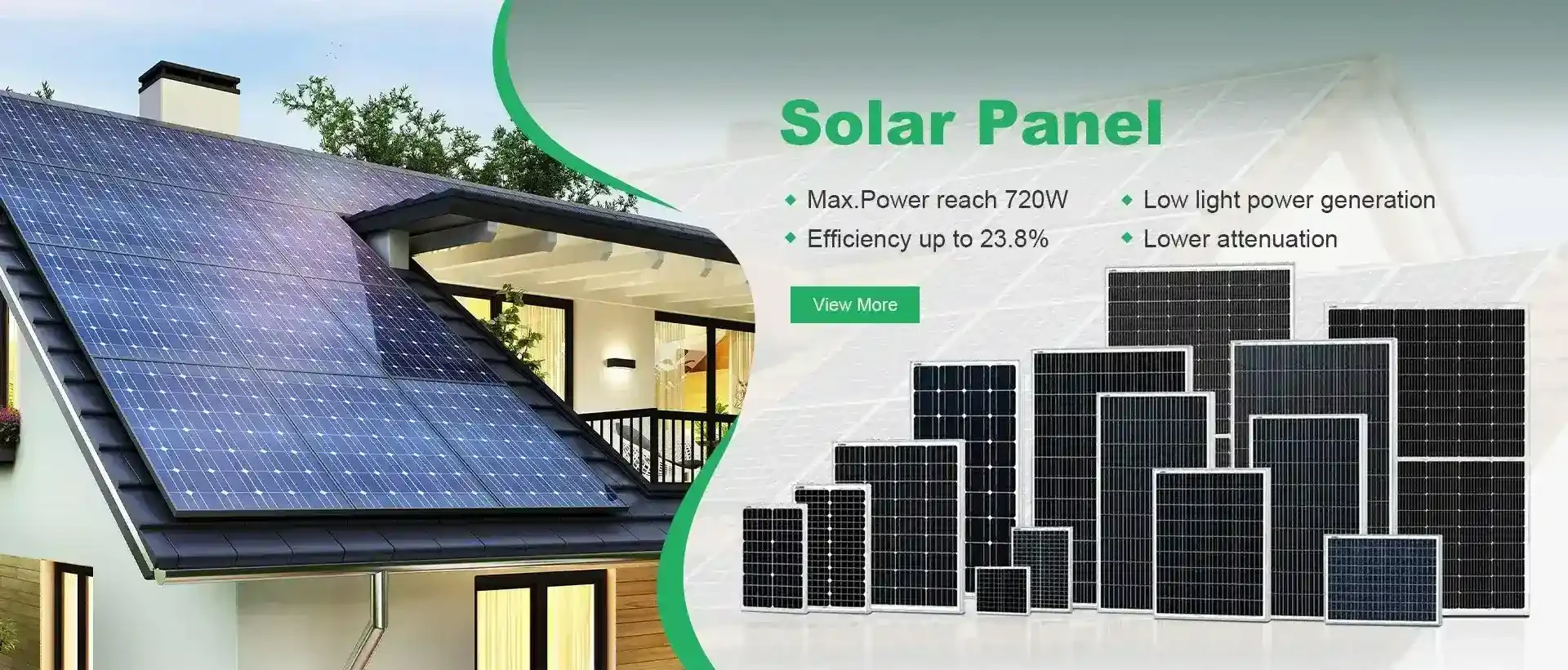20kw 3 phase hybrid inverter
Understanding the 20kW 3-Phase Hybrid Inverter An Overview
The increasing reliance on renewable energy sources has catalyzed advancements in inverter technology. Among these innovations, the 20kW 3-phase hybrid inverter stands out as a crucial component for both residential and commercial energy systems. This article explores the functionality, benefits, and applications of this powerful device, aiding in the transition to a greener and more efficient energy landscape.
What is a Hybrid Inverter?
A hybrid inverter is a sophisticated device that combines the functionalities of both a grid-tied inverter and an off-grid inverter, making it capable of managing energy from multiple sources, including solar panels, batteries, and the electricity grid. The term hybrid signifies its versatility, allowing for energy storage and supply management that can adapt to varying energy demands and availability. The 20kW capacity indicates it can handle substantial power loads, making it suitable for medium to large-scale applications.
How Does a 20kW 3-Phase Hybrid Inverter Work?
A 3-phase hybrid inverter operates by converting direct current (DC) generated from solar panels into alternating current (AC), suitable for household appliances and commercial equipment. In a 3-phase system, electricity is delivered in three separate currents, providing a more balanced and efficient energy supply, particularly for larger installations.
The hybrid inverter can switch between different modes of operation—grid-tied, off-grid, or a combination of both, depending on the current energy needs and system configuration. In grid-tied mode, it feeds excess electricity back to the grid, enabling users to earn credits or payments. Conversely, in off-grid mode, it draws power from battery storage to ensure a continuous power supply during outages or when solar production is low.
Key Features
1. Energy Management One of the standout features of a 20kW 3-phase hybrid inverter is its ability to intelligently manage energy loads. Users can prioritize which loads to power, ensuring that essential devices remain operational during outages.
2. Battery Integration These inverters typically support a range of battery systems, allowing users to store excess energy generated during the day for use at night or during cloud cover. This capability enhances energy independence and optimizes energy costs.
3. Smart Monitoring Many hybrid inverters come equipped with digital monitoring systems that provide real-time energy usage data. This feature allows users to track their energy production, consumption, and battery status via mobile apps or web interfaces.
4. Scalability A 20kW inverter can be part of a modular system, making it easier to scale up as energy demands grow or as more renewable generation capacity is added
20kw 3 phase hybrid inverter

Benefits of Using a 20kW 3-Phase Hybrid Inverter
1. Cost Savings By harnessing solar energy and utilizing battery storage, users can significantly reduce their reliance on grid electricity, leading to lower utility bills.
2. Energy Independence With the capability to operate independently of the grid, users gain greater control over their energy sources, making them less susceptible to fluctuations in energy prices.
3. Reduced Carbon Footprint Utilizing renewable energy reduces dependence on fossil fuels, contributing to lower greenhouse gas emissions and promoting a sustainable energy future.
4. Enhanced Resilience The ability to store energy and manage loads effectively ensures that users can maintain power during outages, enhancing the reliability of their energy systems.
Applications
A 20kW 3-phase hybrid inverter can be used in various applications
- Commercial Buildings Businesses can utilize these inverters to lower operational costs by minimizing electricity bills and effectively managing peak load demands.
- Agricultural Operations Farms can integrate solar and battery systems to ensure consistent energy for irrigation, heating, and other essential operations.
- Residential Complexes Homeowners can reduce their energy costs and enhance their resilience against power outages, creating a more sustainable living environment.
Conclusion
The 20kW 3-phase hybrid inverter represents a significant advancement in renewable energy technology, offering robust solutions for energy management, cost savings, and sustainability. As more individuals and organizations seek to harness solar power and achieve energy independence, the role of hybrid inverters will undoubtedly continue to expand, paving the way for a cleaner, more resilient energy future. Investing in a hybrid inverter system today can not only provide immediate benefits but also contribute to a more sustainable world for generations to come.
-
String Solar Inverter: The High-Efficiency Solution for Smart Solar EnergyNewsJul.14,2025
-
Revolutionizing Rooftop Energy with the Power of the Micro Solar InverterNewsJul.14,2025
-
Power Independence with Smart Off Grid Solar Inverter SolutionsNewsJul.14,2025
-
On Grid Solar Inverter: Powering the Future with Smart Grid IntegrationNewsJul.14,2025
-
Monocrystalline Solar Panels: High-Efficiency Power for the Future of Clean EnergyNewsJul.14,2025
-
Bifacial Solar Panel: A Smarter Investment for Next-Generation Energy SystemsNewsJul.14,2025







